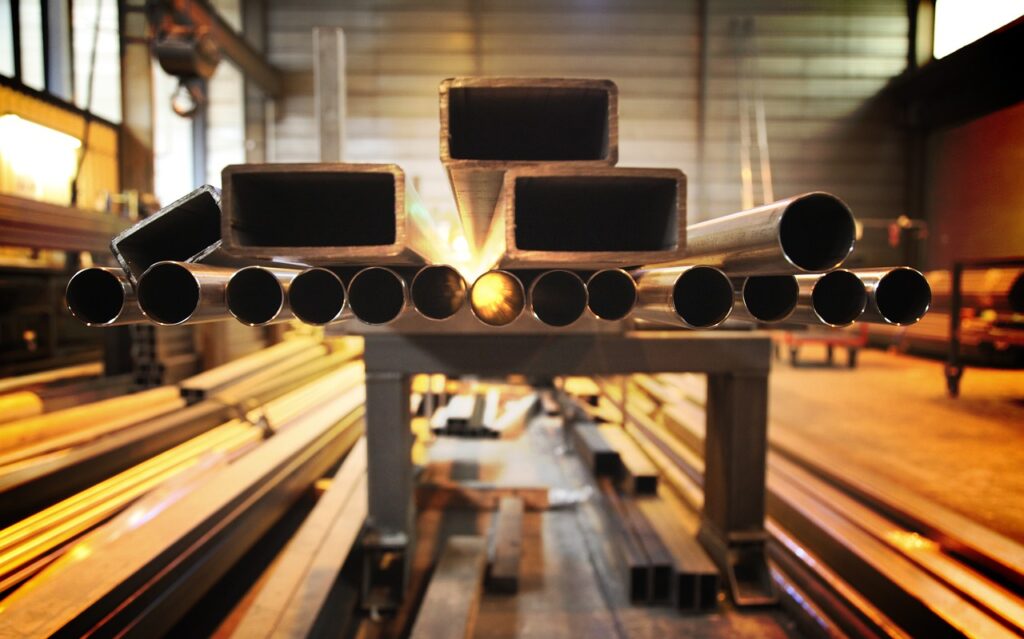The Institute for Energy Economics and Financial Analysis (IEEFA) has raised concerns regarding the effectiveness of hydrogen as a means to reduce emissions in the steel industry.
With global efforts focusing on reducing carbon emissions, hydrogen has been seen as a potential game changer in the steel production sector. However, the IEEFA questions whether hydrogen can realistically meet the expectations set for it as an environmentally-friendly alternative.
One of the main issues highlighted by the IEEFA is the current cost of producing hydrogen, which remains significantly higher than traditional methods used in steelmaking. This makes it economically challenging for widespread adoption. Additionally, the infrastructure for hydrogen production, storage, and transport is not yet sufficiently developed to support large-scale industrial use.
While hydrogen is considered a carbon-neutral fuel, it is essential to consider the source of hydrogen production. Most hydrogen today is produced from natural gas, which emits carbon, thus negating its environmental benefits. Green hydrogen, produced through electrolysis using renewable energy sources, could be a solution. However, it requires substantial investment and technological advancements to become viable on a large scale.
Transitioning to hydrogen could significantly cut carbon emissions, assuming green hydrogen production becomes mainstream. This would align with global efforts to combat climate change and fulfill international agreements such as the Paris Agreement.
IEEFA suggests careful consideration of the feasibility and cost-effectiveness of hydrogen in steelmaking. Research and development are crucial to overcoming current obstacles. Collaborative efforts between governments, industries, and stakeholders are necessary to advance technology, reduce costs, and develop the required infrastructure.
Stay updated on the latest in energy! Follow us on LinkedIn, Facebook, and X for real-time news and insights. Don’t miss out on exclusive interviews and webinars—subscribe to our YouTube channel today! Join our community and be part of the conversation shaping the future of energy.
